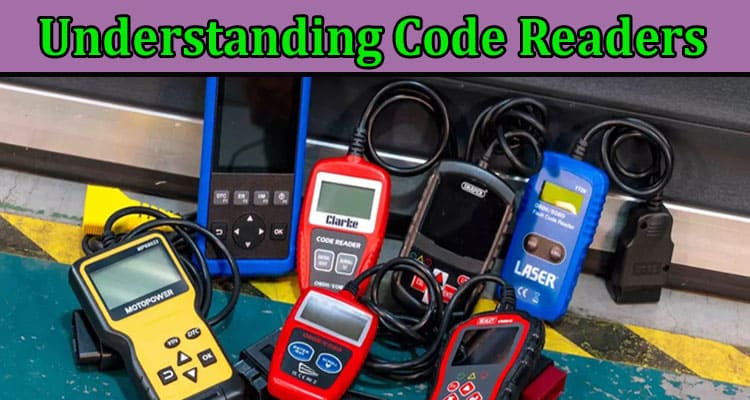An automotive code reader is an affordable way to check the status of your vehicle at any time. If you drive a 1996 or later model year, you will need an OB2 code reader. Learn how a code reader for cars works and discover the differences between code readers and scan tools.
Communicate With a Vehicle’s Onboard Computer System
Standard OBD2 code readers connect with the onboard computer system in your vehicle through a diagnostic link connector. This 16-pin connector is usually located under the steering columns of your vehicle under a door or flap. The latest diagnostic code readers may also support wireless Bluetooth or Wi-Fi connectivity with late-model vehicles. An Innova OBD2 code reader is an affordable option that can communicate with the onboard computer and report most trouble codes.
You may need to use a higher-end code reader or scan tool to obtain pending or manufacturer-specific OBD codes. Diagnostic codes consist of one letter followed by four digits. The letter ‘P’ indicates powertrain, ‘B’ indicates body, ‘C’ indicates chassis and ‘U’ means undefined. The first number will be zero if the code is generic and 1 if the code is manufacturer-specific. The second digit refers to a part and the following digits indicate the nature of a problem.
Advanced Features Like Real-Time Data Monitoring
Whether you prefer to use a code reader or scanner, you can choose from devices that range from low-cost tools to more advanced systems with real-time data monitoring and additional features. While you may find that spending more on a scanner or an advanced reader for OBD codes pays off for diagnosing pending or manufacturer-specific codes, a simple code reader can provide basic functionality.
Most code readers require users to enter a vehicle identification number before reporting codes. You can find this number on a sticker on the lower driver’s side corner of the windshield, next to the hood latch or on the front end of the frame. In addition to obtaining trouble codes, you can also use diagnostic tools to clear codes.
OBD Code Readers vs Scan Tools
You can rely on a simple code reader to report generic error codes. More advanced code readers can provide more data, including parameter IDs or PIDs from the onboard computer. Scanning tools report a wider range of pending and manufacturer specific codes and may also provide definitions or additional information for troubleshooting codes. High-end systems can have data recording or graphing features and may also include multimeters, scopes or additional diagnostic tools.
Buy an OBD code reader or scan tool at your nearest auto parts store or shop online to find a diagnostic device that has the functionality you need. Once you diagnose trouble codes, you can also get any parts or tools you need in-store or have orders delivered to your home. Even if you end up taking your car to a dealership or mechanic, a code reader can give you a clearer sense of the problems with your vehicle that require maintenance or repairs.

